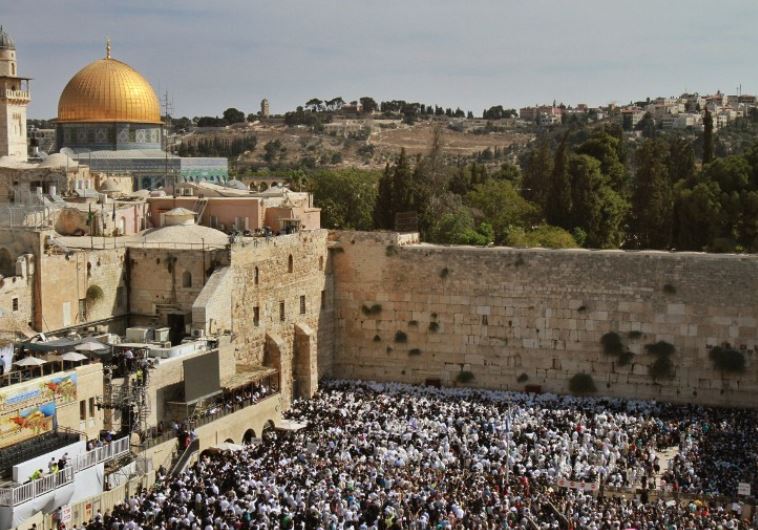My Word: Who counts and who’s counting?
During a visit to Egypt many years ago, I was told by a taxi driver how his neighborhood changed – for the worse – after the Jews moved out.
 Jews gather to pray at the Western Wall during Succot(photo credit: AFP PHOTO)Updated:
Jews gather to pray at the Western Wall during Succot(photo credit: AFP PHOTO)Updated: